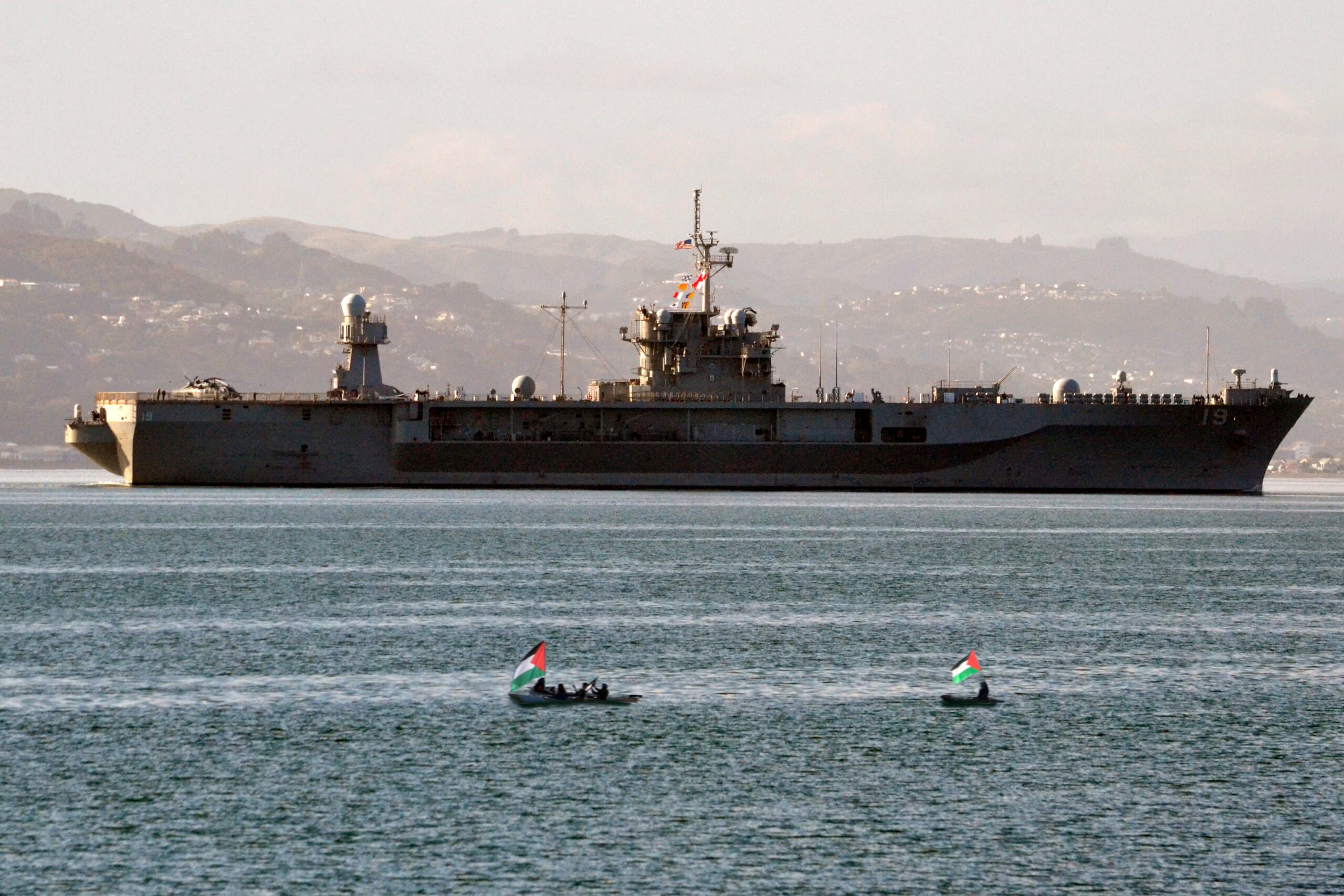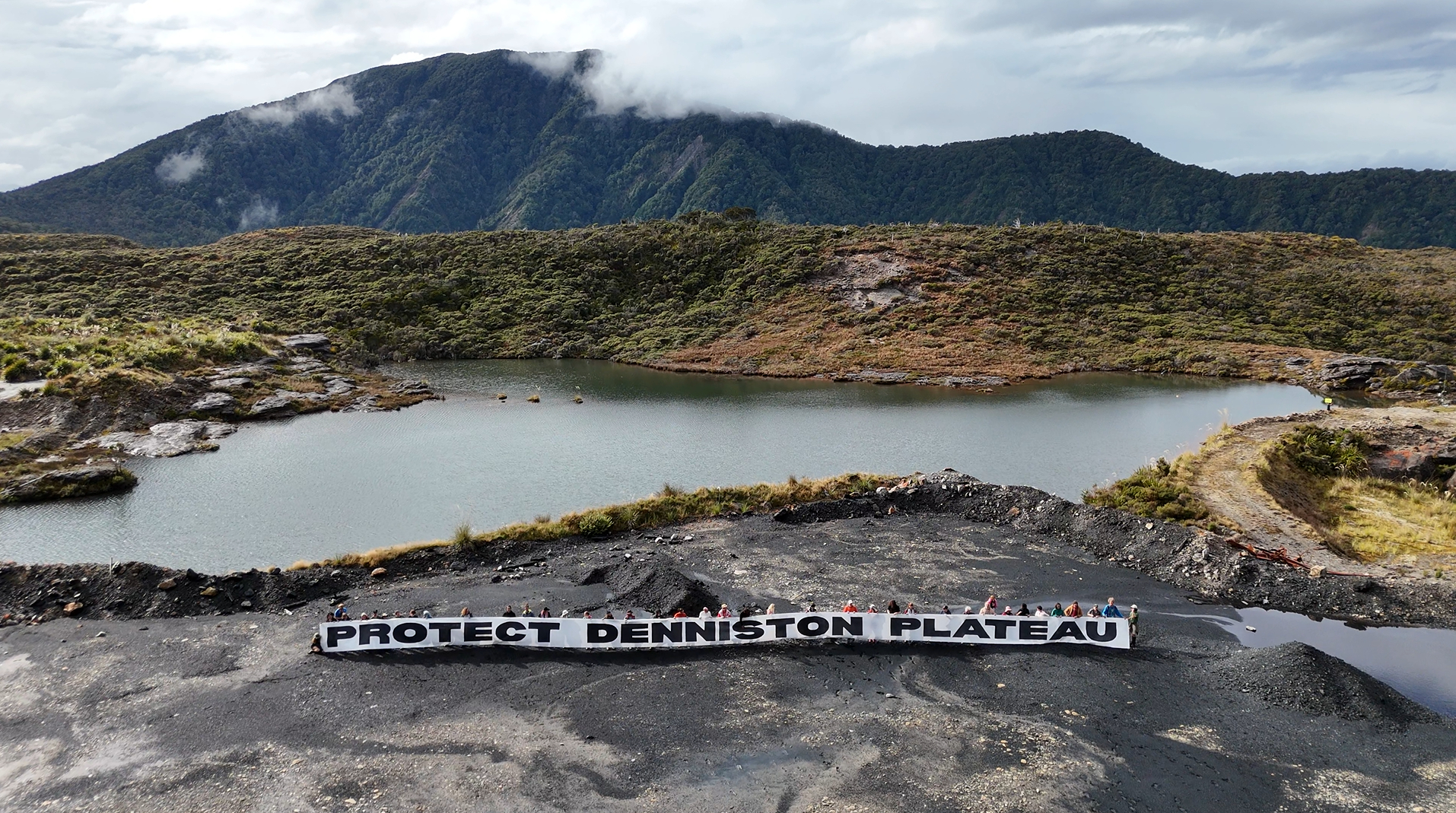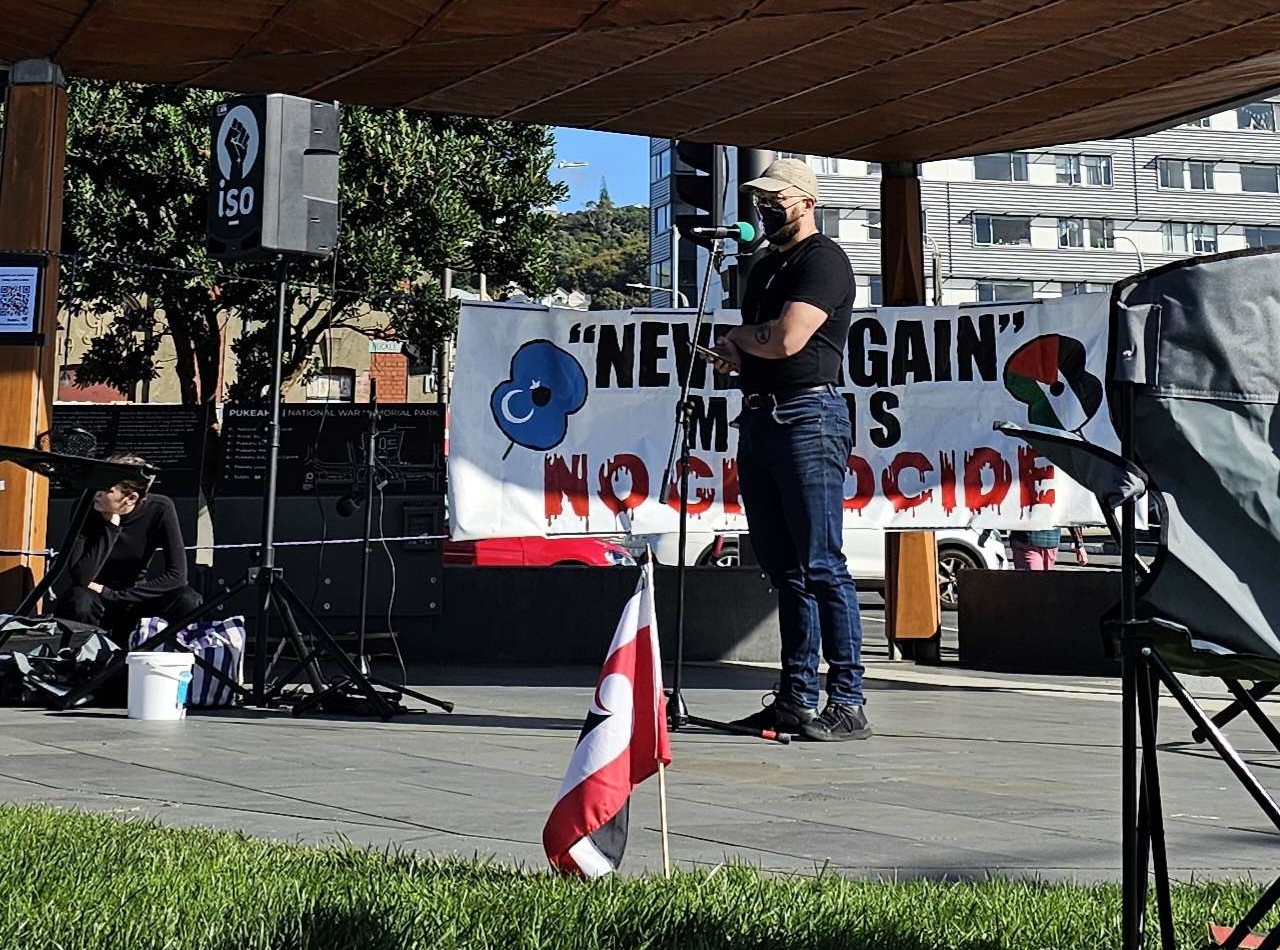On 10 April the Monetary Policy Committee of the Reserve Bank of New Zealand agreed to hold the overnight interest rate, known as the Official Cash Rate (OCR), at 5.5 percent. The knock-on effect on retail borrowing will be the persistence of high interest rates. For example, Westpac offers a 2-year fixed mortgage rate of 6.75 percent p.a. BNZ’s rate is 6.79 percent. The Westpac variable rate offer is 8.64 percent. BNZ’s is 8.69 percent. The interest rates for credit card debt charged by the banks are typically well over 20 percent p.a. Rates like these put the squeeze on household spending: that is what the Reserve Bank is aiming for, a reduction in demand, which, according to neoliberal economic theory, will bring price inflation down to the target rate of 2 percent.
So far, it has not worked. The Reserve Bank began raising the OCR to bring inflation down in October 2021. The bank bumped-up the OCR again in November 2021 and did so regularly until reaching its current plateau. To give an example of the Bank’s illusions in neoliberal economic theory, back in November 2021 the Reserve Bank predicted that, ‘Inflation is expected to ease next year.’ It didn’t: instead, by the end of 2022 inflation had risen to 7.2 percent. Since its 2022 peak inflation has eased to 4.7 percent, way above the Reserve Bank’s target rate, despite it having engineered a cool down of the economy. To cast sole blame for the economic pain on the Reserve Bank would be unfair. Behind the Bank has stood its masters – the governments of the day.
Neoliberal economics may fail to account for inflation, but that is not so important. The application of neoliberal economics should be understood as an economic and political attack on the working class. The neoliberal aim is to create the conditions for greater profitability. All the way through the inflation crisis the Reserve Bank has aired its concerns that unemployment has been too low and that workers’ pay should not keep up with price inflation. From this capitalist point of view, a pool of unemployed workers is needed to deter employed workers from taking action for better pay and conditions. Gradually, starting from an exceptionally low level of 3.2 percent in 2021, the official unemployment rate has risen to 4 percent. This is still a relatively low number, but it is set to increase as public sector job cuts take effect. Pay increases have consistently lagged behind the cost of living; a reflection of the weakness of trade unionism in Aotearoa as much as of the employers taking advantage of the situation.
The engineered cool down of the economy has brought it to the brink of a full-scale slump. GDP has shrunk a little over the last two quarters, to September and December 2023. These statistics fulfil the definition of a ‘technical recession’, but a reversion to GDP growth cannot be ruled out.
For most of the inflation crisis in Aotearoa Labour has been in power. It had control of the Reserve Bank, whose remit is set by the government. Labour must take responsibility for the Bank’s neoliberal, anti-worker policy for its period in office. Labour also followed the neoliberal path in spending restrictions on public services. In a Q&A interview with Jack Tame on 17 March, former Finance Minister Grant Robertson frankly admitted that the Budget Responsibility Rules, which he drew up with Greens co-leader James Shaw after the 2017 general election, were a mistake. The rules policy was adopted, said Robertson, to establish the new government’s “bona fides” with international capitalism.
In Opposition, and now in government, National’s and ACT’s prescriptions for overcoming the inflation crisis have centred on a call for cuts in public spending. In any case, Luxon’s Coalition must cut public spending in order to fulfil opportunist election pledges to make tax cuts. However, tax cuts will tend to increase spending power, thereby counteracting the neoliberal anti-inflation policy of cooling the economy. Everything points to an imperative for the government to go forward with its current cost-cutting review. Luxon pedals the myth that there are ‘back office’ jobs that can be cut to spare ‘front line’ jobs. A different story is told by the Public Services Association. The union puts the lie to the government’s claims and gives an indication of the scale of job losses being sought by Finance Minister Nicola Willis. The PSA says:
- The Ministry for Primary Industries is proposing that 384 roles are destabilised. 218 workers will be potentially affected by the proposed cuts. This is only the first round of proposed cuts.
- The Ministry for Pacific Peoples spending cuts are 40%. 63 out of 156 positions could go.
- Nearly one in five positions at the Ministry of Health could be cut.
- The Ministry of Social Development has called for voluntary redundancies.
- At the Ministry of Business, Innovation and Employment 30 from 120 roles in information and education could go and the customer interactions team could be cut by a quarter.
- The Ministry for the Environment is calling for voluntary redundancies.
- 30 jobs will go in research and development at Callaghan Innovation.
- The Department of Conservation plans to cut 130 jobs, and is looking to make $7.2 million of other cuts to meet the 6.5% reduction ordered by the government.
- The Tertiary Education Commission is cutting 28 roles.
National is trying to play down what this means, with Nicola Willis even suggesting that the cuts were over-reported because journalists flat with public servants! But hundreds of jobs going means unemployment for these workers and cuts to public services for us all. They must be resisted.
The Labour Party reported on 9 April that following a public backlash Luxon had to give a commitment in Question Time that the Ministry of Health’s Suicide Prevention Office will not be closed. This is small example to show that cuts can be resisted if there is a public backlash.
Joint action against university cuts and core public service cuts suggests itself. At this moment the situation calls out for leadership by the CTU, PSA, TEU, student associations, Labour, Greens, Te Pāti Māori to formulate a ‘public backlash’. Strike action may not be on the cards at this stage, but there is no reason why political protest action should not be called. Rallies in the main cities would be a good start.









